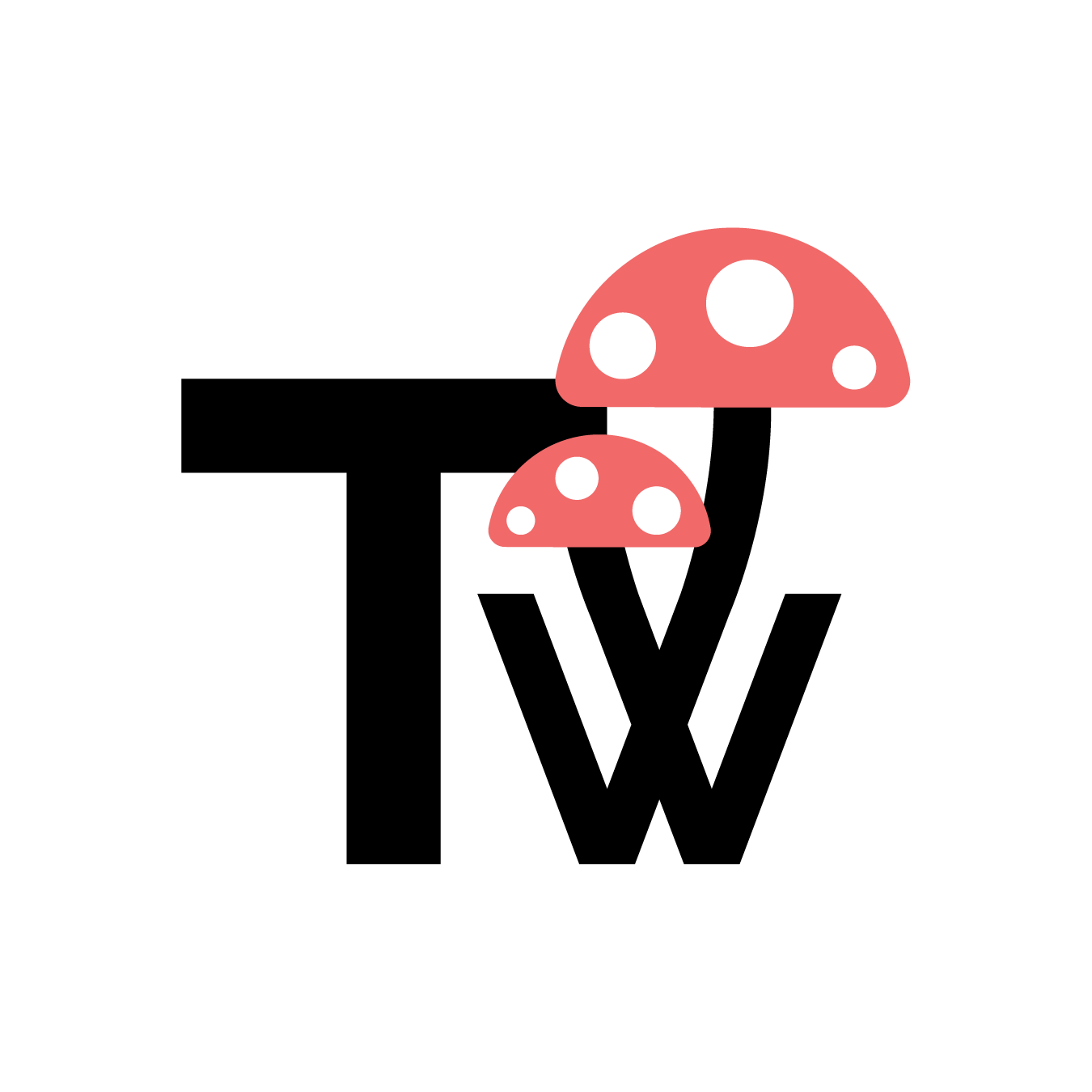For the past five weeks, my girlfriend and I have been taking an introductory level Buddhism course titled Buddhism in a Nutshell at my local Buddhist center, the Kadampa Center in Raleigh, NC. Many of the center's members suggested this book to me over the past several months, and I decided to purchase it for reading alongside the course.
Simply put, I have been completely blown away. This is hands-down the best book I have read about Buddhism to date, at least for someone at a true beginner's level of understanding the basic concepts—like myself. I took notes furiously throughout my reading of the book, and will be putting into practice many of the meditations, dedications, and advice that it contains for several weeks, months, and years to come.
Buddhism in a Nutshell was written by Lama Thubten Yeshe, Lama Zopa Rinpoche, and Venerable Amy Miller and published in 2010. It covers a lot of subtopics under the wider topic of Buddhism, including defining what Buddhism is, a brief biography of who the Buddha was, an explanation of dharma, what karma is and how it works, the four noble truths, the fundamentals of meditation, various approaches of teaching Buddhism, the importance of finding a qualified teacher, the intriguing-yet-confusing (to me!) concept of emptiness, and an appendix featuring a list of recommended reading and resources.
The book also includes an audio CD that contains 11 hours of teachings spoken by Venerable Amy Miller, which I have started but not yet completed. From what I have heard, I can report that these recordings are very helpful for a beginner like myself.
Reading this book alongside the classes I have been attending has been very helpful, as it goes into much more detail than the classes have, and reading the book has suited my personal learning style better than the verbal-based lecture style.
My only criticism whatsoever of Buddhism in a Nutshell is related to the poor editing job that was done prior to its publication. There are misspellings, grammatical and syntactical errors, and punctuation mistakes scattered throughout the book. Normally, that would cause me to bump my rating for a book down, but I am willing to overlook it in this case due to the high quality of the teachings.
Suffice it to say that if you are interested in learning about Buddhism and are looking for an all-around guide that will cover a wide variety of topics without getting so complicated as to confuse you, I can wholeheartedly recommend this book and its audio CD companion. Once I have studied it some more and am comfortable with the teachings, I plan to lend my copy out to those who would like to read it, and will consider purchasing copies for friends and family who would benefit from its teachings.
5/5 stars. 243 pages.










